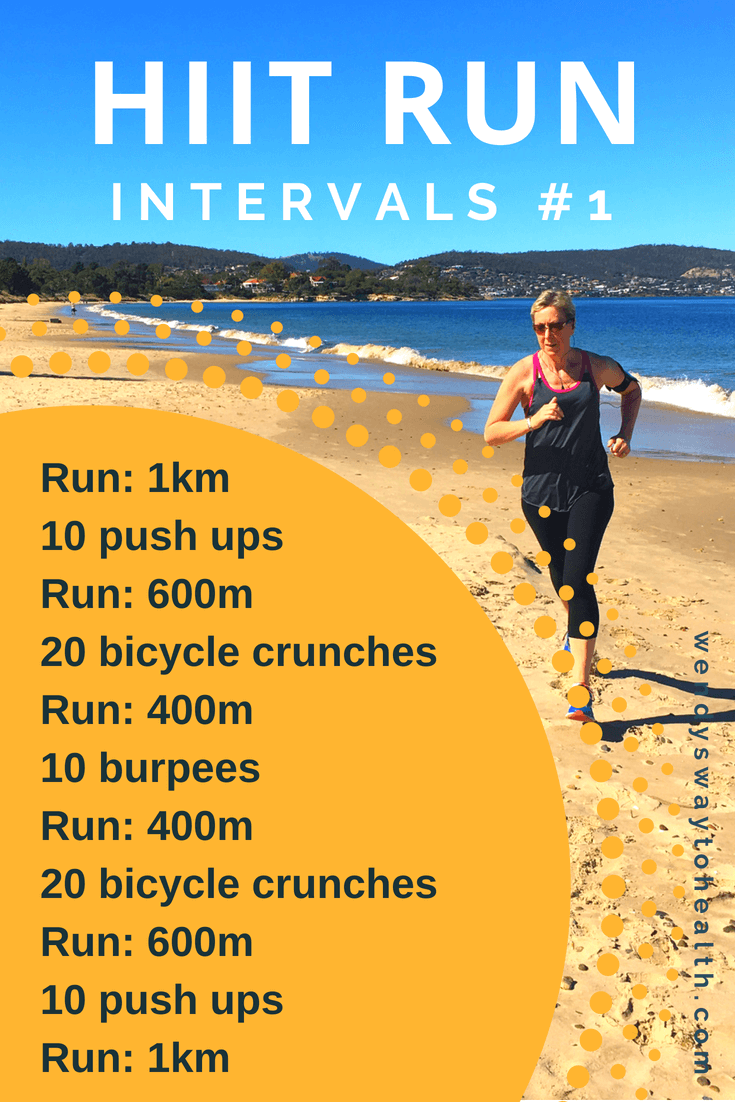Unleash Your Possible: Running Strategy Essentials for Peak Performance
Unleash Your Possible: Running Strategy Essentials for Peak Performance
Blog Article
Handling Usual Running Discomforts: Reasons, Solutions, and Avoidance
As runners, we usually run into numerous pains that can hinder our efficiency and enjoyment of this physical activity. By discovering the root factors for these running discomforts, we can uncover targeted solutions and preventative procedures to make certain a smoother and much more fulfilling running experience.
Common Running Pain: Shin Splints
Shin splints, an usual running discomfort, commonly result from overuse or improper shoes throughout physical activity. The repeated stress on the shinbone and the cells connecting the muscle mass to the bone leads to swelling and discomfort.
To stop shin splints, people ought to progressively enhance the intensity of their workouts, use proper shoes with appropriate arch support, and keep flexibility and strength in the muscles bordering the shin. If shin splints do happen, initial treatment entails rest, ice, compression, and elevation (RICE) Additionally, integrating low-impact tasks like swimming or biking can aid preserve cardio fitness while permitting the shins to recover. Relentless or extreme situations might need clinical examination and physical treatment for effective administration.
Common Running Discomfort: IT Band Syndrome
In enhancement to shin splints, another common running pain that athletes often encounter is IT Band Disorder, a condition triggered by inflammation of the iliotibial band that leaves the outer thigh and knee. IT Band Syndrome commonly manifests as discomfort on the exterior of the knee, specifically throughout tasks like running or cycling. The iliotibial band is a thick band of fascia that attaches the hip to the shin, and when it ends up being inflamed or limited, it can scrub versus the upper leg bone, bring about discomfort and pain.
Joggers experiencing IT Band Syndrome may observe a painful or hurting feeling on the external knee, which can worsen with continued activity. Variables such as overuse, muscle imbalances, incorrect running form, or poor warm-up can contribute to the development of this problem. To avoid and alleviate IT Band Syndrome, runners ought to concentrate on extending and strengthening exercises for the hips and upper legs, appropriate footwear, steady training development, and dealing with any biomechanical problems that might be aggravating the problem. Overlooking the symptoms of IT Band Disorder can cause chronic concerns and long term healing times, emphasizing the relevance of early intervention and proper administration approaches.
Typical Running Discomfort: Plantar Fasciitis

Plantar Fasciitis can be credited to different elements such as overtraining, inappropriate shoes, running on hard surfaces, or having high arches or flat feet. To stop and ease Plantar Fasciitis, joggers can integrate extending workouts for the calf bones and plantar fascia, put on supportive footwear, preserve a healthy weight to minimize strain on the feet, and slowly increase running intensity to prevent unexpected tension on the plantar fascia. If signs persist, it is suggested to seek advice from a healthcare specialist for proper diagnosis and therapy choices to attend to the condition effectively.
Usual Running Pain: Runner's Knee
After attending to the obstacles of Plantar Fasciitis, another prevalent problem that joggers frequently deal with is Jogger's Knee, an usual running discomfort that can hinder athletic performance and trigger discomfort throughout physical activity. Runner's Knee, also referred to as patellofemoral pain disorder, shows up as discomfort around or behind the kneecap. This problem is frequently connected to overuse, muscular tissue imbalances, incorrect running techniques, or issues with the placement of the kneecap. Runners experiencing this discomfort may really feel a dull, hurting pain while running, rising or down staircases, or after extended durations of sitting. To avoid Jogger's Knee, it is essential to include proper workout and cool-down regimens, preserve solid and well balanced leg muscle mass, use proper footwear, and slowly raise running strength. If signs and symptoms persist, inquiring from a healthcare specialist or a sports medicine professional is advised to detect the underlying reason and create a tailored therapy strategy to reduce the pain and prevent more issues.
Typical Running Discomfort: Achilles Tendonitis
Commonly affecting runners, Achilles Tendonitis is an excruciating condition that impacts the Achilles tendon, causing pain and possible constraints in exercise. The Achilles ligament is a thick band of cells that connects the calf bone muscle mass to the heel bone, essential for tasks like running, jumping, and walking - check my blog. Achilles Tendonitis often creates because of overuse, improper shoes, inadequate stretching, or unexpected increases in exercise
Signs of Achilles Tendonitis include discomfort and stiffness along the ligament, especially in the early morning or after durations of inactivity, swelling that aggravates with task, and possibly bone spurs in persistent situations. To protect against Achilles Tendonitis, it is essential to extend effectively before and after running, wear appropriate shoes with proper assistance, slowly increase the strength of workout, and cross-train to minimize repetitive anxiety on the tendon.
Final Thought

Report this page